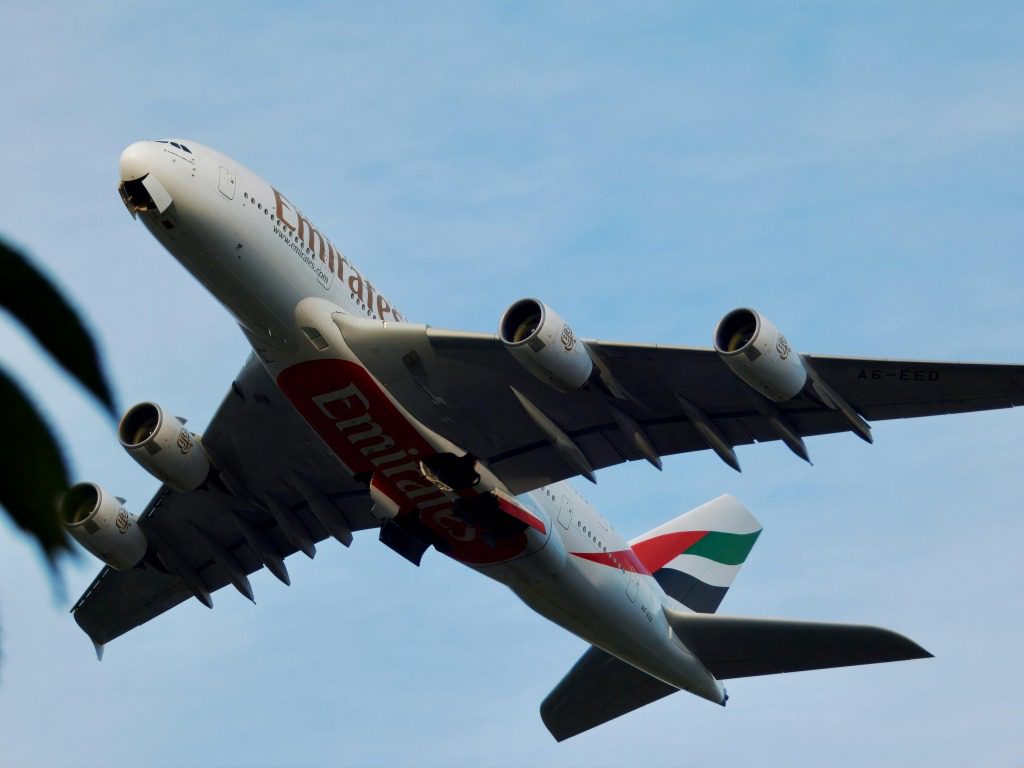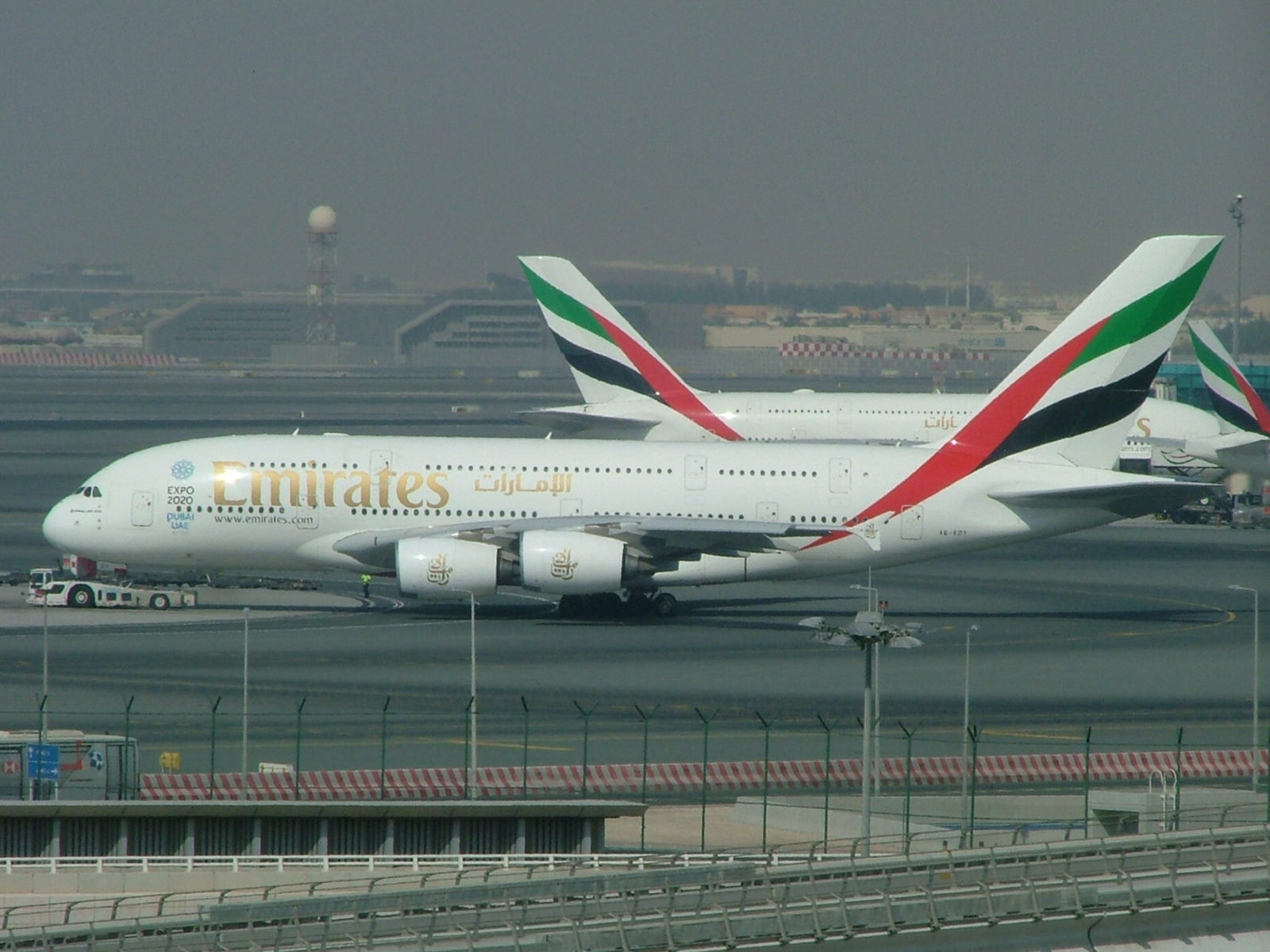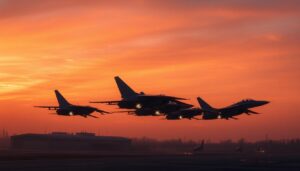99
The Middle East is home to some of the most modern airports and iconic airline fleets in the world. Whether it’s the Airbus A380s of Emirates and Qatar Airways, or rare and ageing aircraft flying cargo or domestic missions across the region, there’s plenty to interest the aviation enthusiast.
However, spotting in this part of the world comes with significant challenges. The region is generally not spotter-friendly—and in most cases, plane spotting is either misunderstood or considered a potential security threat. In countries like Saudi Arabia, the UAE, and Qatar, pointing cameras or binoculars at airports can draw the attention of authorities, and in some cases, lead to questioning, detainment, or confiscation of equipment.
Despite these risks, plane spotters do travel to the Middle East and often come away with great results—thanks to careful planning, the use of spotting-friendly hotels, and knowing where to go (and where not to). This article explores what’s possible and where, using details from the World Airport Spotting Guides (3rd Edition) and additional research.
Spotting in the Middle East: The Ground Rules
Before diving into specific locations, here are some general points to understand:
- Public spotting is not officially allowed in most Middle Eastern countries.
- Taking photos of aircraft or airport infrastructure from public roads or fences can be seen as suspicious or even illegal.
- Hotels with views, especially those used by international business travelers, are often your best bet.
- Use discretion—avoid standing around with cameras for long periods, and don’t use ladders or long lenses in public.
- Never photograph military aircraft or installations.
That said, let’s look at what each country offers.
United Arab Emirates (UAE)

View from the Premier Inn Dubai Airport (c) Paul Moiser
Dubai International Airport (DXB / OMDB)
Dubai International is the world’s busiest airport by international traffic and the global base of Emirates Airline. It’s a dream for widebody enthusiasts, with a steady stream of A380s, 777s, and an impressive cargo presence.
Spotting at DXB is difficult. The airport has high security, and spotting from public places is not advised. However, there are some hotels with runway views, particularly near Terminal 1 and Terminal 3. Some spotters have used the Premier Inn Dubai International Airport or Holiday Inn Express Dubai Airport, though views can be partial and obscured.
Alternatives: DXB’s newer sibling, Dubai World Central / Al Maktoum (DWC / OMDW), is more relaxed and handles a significant amount of cargo, including 747s. Roads around the airport perimeter occasionally provide brief views, and hotel windows can sometimes give an angle on parked aircraft. Still, discretion is key.
Abu Dhabi International Airport (AUH / OMAA)
This is the capital of the UAE, and the home base of Etihad Airways. The airport has two parallel runways and the large, new central Terminal A between them which has various piers. As with elsewhere in the country, spotting is not understood nor encouraged, and extreme caution must be taken when viewing or taking pictures of aircraft or airport buildings.
The Yas Marina Formula 1 racing track sits under the approach to runways 13R/L and photography is possible from here. Alternatively, the Premier Inn Abu Dhabi Airport has a rooftop pool area with good views over the nearby taxiways, runway and distant views of Terminal A. Photography is not permitted.#

(c) Air Arabia
Sharjah International Airport (SHJ / OMSJ)
Sharjah is a major base for Air Arabia. Other airlines also fly from across the Middle East, and cargo flights are very common with a number of major airlines. There are also still some stored aircraft at the airport. However, most interesting movements are at night and the airside tours are now a thing of the past.
For some views, the Sharjah National Park is located opposite the end of runway 30, off the main road heading east. You can park up here (there is a small fee) and climb up the grass mound for good photography opportunities.
Qatar

Sunnya343, CC BY-SA 3.0
Doha Hamad International Airport (DOH / OTHH)
Home to Qatar Airways, one of the world’s top carriers, Hamad International is an architectural marvel and cargo powerhouse. Spotters can expect Airbus A350s, Boeing 777s, 787s, and A380s, plus a wide range of visiting airlines and freighters.
Public spotting is risky and not permitted. There are no observation decks or designated areas. However, some spotters have successfully used the Oryx Airport Hotel, located within the terminal, for views over part of the apron.
Be aware that Qatari authorities take a hard stance on photography near infrastructure, and you should not attempt any photography from outside the terminal or hotel.
Bahrain

Photo (c) Charles
Bahrain International Airport (BAH / OBBI)
Bahrain’s airport is smaller than Dubai or Doha but has a good mix of regional and long-haul flights, with Gulf Air as the national carrier. There’s also a military presence, and the airport sees occasional interesting freighter traffic.
Unfortunately, Bahrain used to have a public park which was good for viewing, which has since been closed. Today, no official spotting areas exist, and photography from the perimeter is highly discouraged.
However, inside the terminal’s airside departure lounges, it’s possible to see aircraft on the ramp and at the gates. Photography through the windows can be done discreetly with a phone or compact camera.
If you’re transiting or flying out of BAH, you may be able to log aircraft from inside the terminal, but avoid conspicuous spotting equipment.
Kuwait
Kuwait International Airport (KWI / OKBK)
Kuwait’s airport handles a mixture of commercial and cargo traffic, including regular visits by Air India, Turkish Airlines, Qatar Airways, and a number of smaller regional airlines. It’s also a base for Kuwait Airways, whose fleet includes the A330neo, A320neo, A321neo, and Boeing 777-300ER.
Spotting from outside is not advisable, but if you’re flying through Kuwait, you’ll find that the airside departure area offers partial views of the apron. Some spotters also report success from the Safir Airport Hotel, located near the terminals.
As always in this region, discretion is essential, and cameras with long lenses should be avoided.
Saudi Arabia
Saudi Arabia presents a complex but evolving environment for aviation enthusiasts. With reforms encouraging tourism and infrastructure development, there’s hope for future improvements—but at present, spotting remains highly restricted.
Riyadh King Khalid International Airport (RUH / OERK)
A large, modern airport and base for Saudia and flynas, Riyadh sees a mix of domestic, international, and cargo flights. Aircraft like the 777-300ER, 787 Dreamliner, A330s, and various narrowbodies are common.
There are no official spotting locations, and photographing aircraft from outside or perimeter roads is extremely risky. Inside the terminal, some windows offer views of the ramp, and if you’re discreet, you may be able to log aircraft.
The Movenpick Hotel Riyadh Airport reportedly offers limited views over part of the apron if you get the right room. This is probably the safest way to spot at RUH.

Jeddah Airport. Photo (c) Charles
Jeddah King Abdulaziz International Airport (JED / OEJN)
Jeddah’s airport is another major Saudi gateway and the busiest during Hajj season. It serves as a base for Saudia, flyadeal, and Flynas, and is frequently visited by VIP and government aircraft.
The new terminal offers some airside windows, and views of movements are possible. Again, photography is risky and must be done very cautiously, if at all.
Spotters occasionally use hotels along the coastal road for distant views, but these are hit-or-miss. No known spotting hotels give direct apron views.
Dammam King Fahd International (DMM / OEDF)
A quieter alternative, Dammam is used by domestic and Gulf carriers, as well as some cargo operators. Aircraft such as A320s, 737s, and freighters like 747-400Fs are seen.
There are no dedicated spotting facilities, and photographing from public roads is not advised. The Radisson Blu Hotel Dammam may offer partial views from upper floors, but again, check in advance and keep a low profile.
General Tips for Spotting in the Middle East
- Stay in airport hotels with views wherever possible. Many business hotels have high floors overlooking parts of the apron or runways.
- Use online flight trackers (like FR24) to log aircraft that you may see but can’t photograph.
- If photographing, use smartphones or compact cameras, and avoid raising suspicion.
- Never loiter outside perimeter fences, and never use binoculars or cameras near military bases or installations.
- If you’re challenged by security, cooperate fully, explain that you are an aviation enthusiast (not a journalist or spy), and show your photos if asked.
- Consider spotting airside when flying out of the airport—views from the terminal are often the safest way to log aircraft.

 Want More Information on Spotting in the Middle East?
Want More Information on Spotting in the Middle East?
For detailed information on the safest and most effective spotting locations in the Middle East—and over 350 airports worldwide—check out World Airport Spotting Guides (3rd Edition), which includes hotel tips, spotting maps, aircraft you can expect to see, and much more.
Available now at www.destinworld.com








